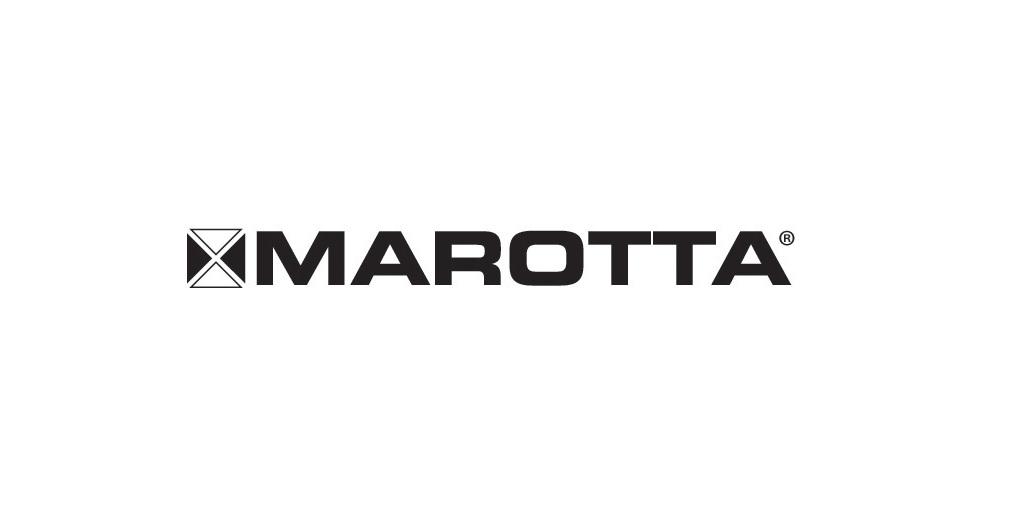


Design for Additive Manufacturing (DfAM) of a powder bed fusion (PBF) replacement of an air-reducing manifold body.
Problem
Pressure boundary manifolds are an attractive part family for early additively manufactured (AM) qualification development as they are commonly used in complex, critical marine flow systems. Traditional manufacturing constraints, present when casting or machining manifolds, often result in overbuilt parts when it is cost-prohibitive to remove unnecessary material in areas between critical flow features. This unused design space is ideal for the implementation of Design for Additive Manufacturing (DfAM) techniques to reduce part weight and material for AM manifolds.
Objective
The focus of this effort was to design and manufacture a powder bed fusion (PBF) replacement of an air-reducing manifold body. The goal was to investigate whether AM is a viable alternative with performance benefits and to propose an approach to qualification. Marotta Controls was considering both the qualification of the AM build in a setting emulating production and the qualification of the final product when compared to existing specification requirements.
Technical Approach
The technical approach began with evaluating the structureborne noise attenuation capabilities of various lattice unit-cell structures with aim of identifying the optimal geometry for mass replacement in a traditionally manufactured manifold. The project team generated a first-article test procedure with appropriate witness coupons for qualification of the AM manifold body in a serial production setting. Topology optimization (volume removal) and lattice integration (volume replacement) were utilized to redesign the manifold body. Structural performance analysis based on the expected application loads and final manifold body design, as well as a thermal AM build analysis, are being performed to evaluate and address potential AM build issues. Witness coupons were constructed, post-processed, and machined to a condition suitable for materials testing. Nondestructive testing, physical inspection, and proof pressure testing were done on the AM manifold body.
Accomplishments
This project furthered the case for expanding the Naval Sea Systems Command (NAVSEA) utilization of AM to produce and qualify air-reducing manifold components. A candidate manifold component that was traditionally machined from a solid billet was redesigned to be more optimal for AM. The design and AM build portion of the project integrated lattice structure design to reduce the legacy component’s mass which also mitigated thermally-induced stress distortion during the AM build. This thermal stress distortion would have prevented the legacy component from building successfully using AM.
The Lattice Integrated Manifold (LIM) design was compared to the typical aerospace/space approach to AM manifold designs where absolute weight reduction is the driving factor for AM redesign. The additional material in the LIM design aided marine-type manifolds in additive manufacturability as determined by the successful printing of the complex AM components and relatively low degree of post-build distortion. The shock load resistance and noise performance were also aided by the integrated lattice. The LIM concept was easily applied using the design tools (nTopology) and processes developed during this project to transform manifolds as a part family into candidates for AM production.
Several other steps of the manufacturing process were also investigated including post-processing (chemical etching and abrasive flow machining), nondestructive examination (CT scanning) and manifold machining. Valuable lessons were learned at each step including how to prepare the manifolds for the respective post-processing method and how best to utilize CT to inspect complex AM components like the LIM.
Project Participants
Project Principal

Other Project Participants
- NCDMM/America Makes
- NAVSEA
- StarHagen Aerospace Components, LLC
Public Participants
- U.S. Department of Defense
